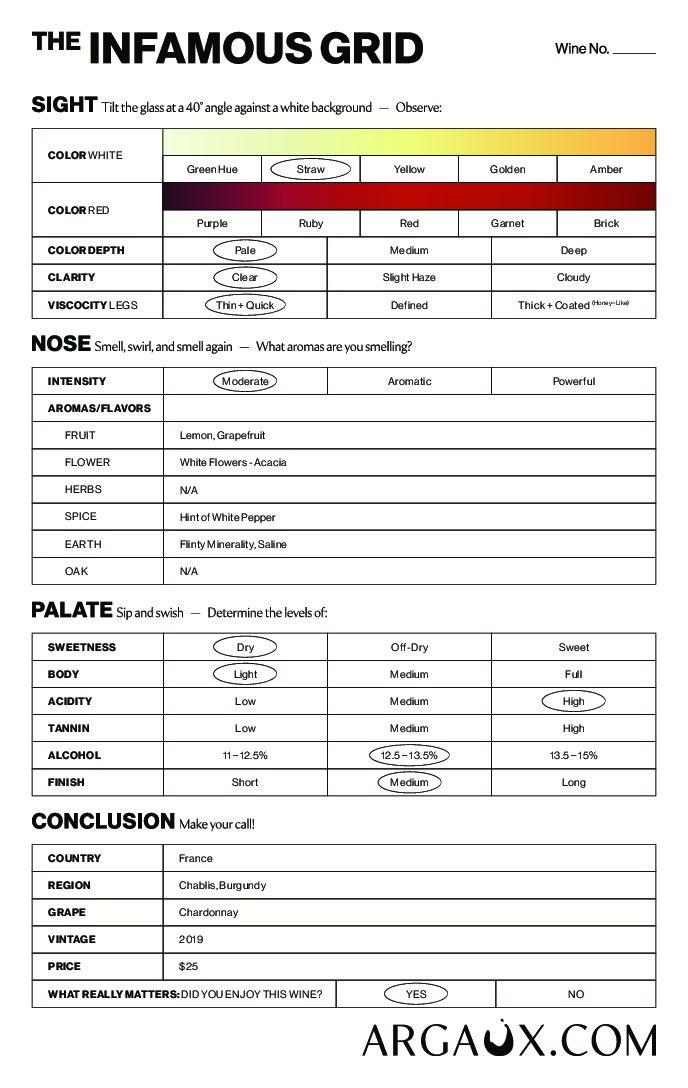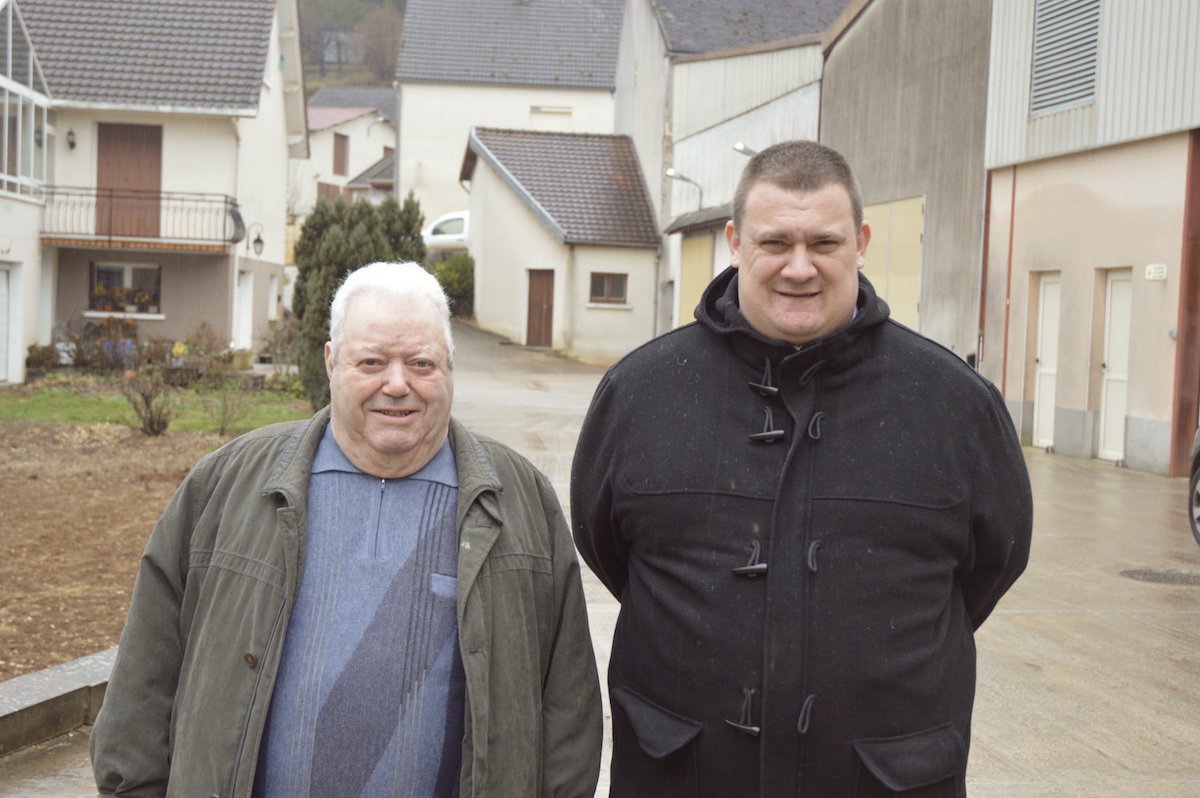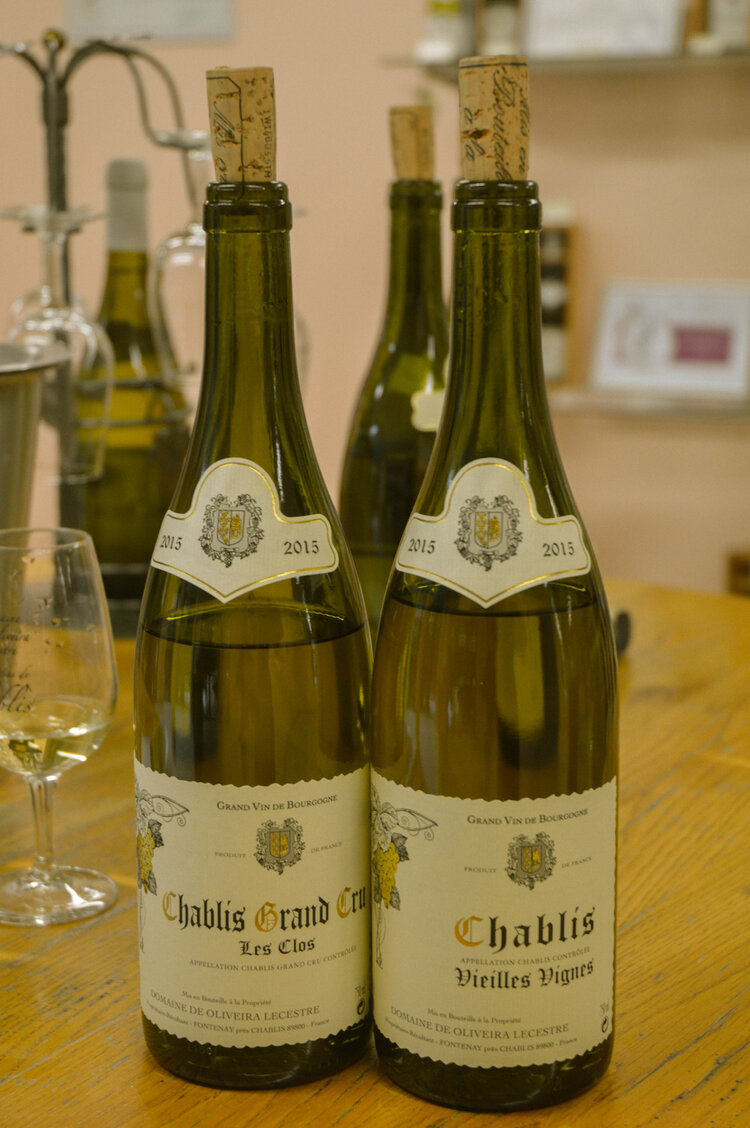2022 Domaine De Oliveira Lecestre Petit Chablis
For an accessible and affordable alternative to Chablis, look no further than Petit Chablis. Lively and crisp, these wines are vinified entirely in steel to produce youthful fruit forwardness and acidity. This bottle is likely to be a bona fide crowdpleaser at your next at-home happy hour or dinner party…
Sustainable farming practices (Lutte Raisonnée), native yeast fermentation, and fermented in stainless steel tanks to reflect the perfect typicity of Chablis.
- Tasting Notes lemon, grapefruit, white peach, white pepper, limestone, dried flowers
- Variety Chardonnay
- Region France, Burgundy
- Volume 750ml
- Alcohol Volume 12.5%
- Table Talk This Petit Chablis is particularly noteworthy. It comes from vineyards located on a plateau just a stone’s throw from the 'Les Clos' Grand Cru.
$30.00
Out of stock
Originally from Portugal, the De Oliveira family moved to Chablis during the early part of the 20th century, long before Chablis boasted the viticultural renown that it does today. The family established themselves in the local logging industry and simply made wine on the side, though everything changed during the 1950s, when Mr. De Oliveira began tending vines for William Fèvre at the young age of 14.
By the age of 24, De Oliveira saved enough money to purchase his first parcel of land and plant his very own vines. Over the years, he continued to acquire new land to plant new vineyards on, and by 1965, officially transitioned to winemaking full time. Today, Domaine De Oliveira Lecestre encompasses 50 hectares of vines across Chablis, spanning from Petit Chablis-designated areas to village-level, premier cru, and grand cru. In 1997, Mr. De Oliveira’s daughter took over the management and in 2004, his granddaughter Larissa joined the business, followed by Déborah in 2021. Today, three generations work together to keep the estate and family business thriving.
CHARDONNAY
As the most popular white grape for growing and consuming, Chardonnay can be made in a wide range of styles. These styles can vary from a sparkling Blanc de Blanc, or fresh fermented in stainless steel, to rich and creamy white wine aged in oak barrels. Notable regions for this grape include Chablis or Burgundy in France, Central Coast, Napa, and Sonoma in CA, and Western Australia. When pairing with food, consider the characteristics of your wine first. No brainer pairing options include seafood, salads, and white meat. Chardonnay, with its vast versatility, is everyone’s best friend.
BURGUNDY, FRANCE
Burgundy is a historical region in east-central France that covers a wide area with ranging climates. The large number of producers and appellations within Burgundy can make the region seem complicated to the eye. At its essence though, Burgundy can be quite simple. This is the home for Pinot Noir and Chardonnay, and these wines are second-to-none around the world. Burgundy winemakers were the pioneers for premium Chardonnay production and continue to provide a benchmark of excellence in viticulture and winemaking for all of their varieties.
Vineyard location is extremely important in Burgundy. The location will determine their quality level within the Burgundy appellation hierarchy. The highest-quality vineyards will generally have a south or southeast facing exposure providing the most access to sunlight and offering protection from westerly winds. These wines may be listed as premier cru or grand cru on the bottle label. Soils in Burgundy can vary depending on the area, but you’ll find many of them are rich in limestone and clay. Burgundian wines can age for many years if stored properly and will often hit their peak drinking age 5-10 years after production.
Chablis, the Côte d’Or, Côte Chalonnaise, Mâconnais and Beaujolais are all appellations within Burgundy that have different rules and produce different styles of wines. Perhaps even more well-known are the sub-appellations within. The small villages of Corton, Montrachet, Meursault, and so on have reputations for producing the best white wine in the world.











